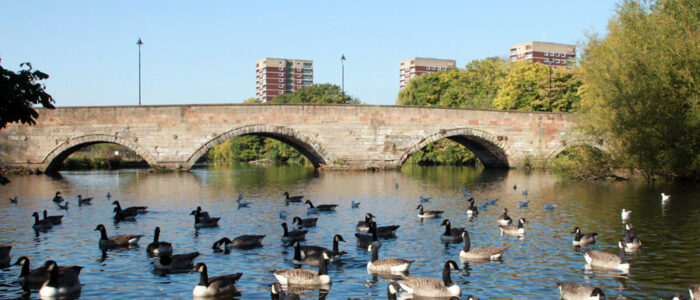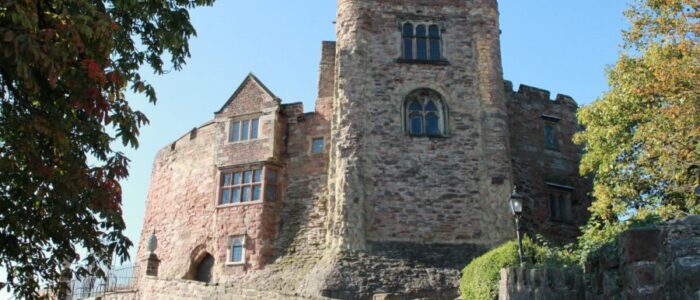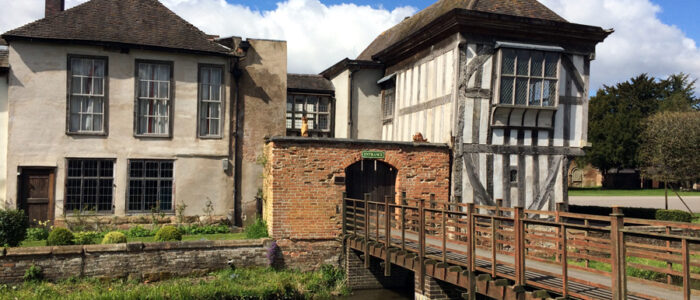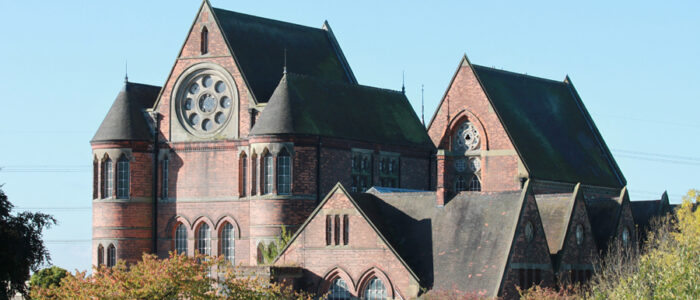The landscape of the Tame Valley has been shaped over centuries by the waves of people who have settled in the area.
From prehistoric man, who arrived after the last Ice Age and began clearing the wildwood, through the arrival of the Romans in the 1st century AD, to the Angles, Saxons and the Kingdom of Mercia, the Viking and Norman invasions, the upheavals of the industrial revolution, and on up to the modern day, each wave of people has shaped the valley landscape to suit its needs.
Over many centuries, the landscape of the valley changed only gradually, consisting of small rural farming communities and market towns. But the 18th century saw the start of massive changes.
The Industrial Revolution sparked a huge increase in the need for building materials and coal to power new factories. New collieries, sand and gravel works and brickworks opened up across the valley to exploit the mineral wealth, scarring the landscape. Some landowners became hugely wealthy, allowing them to build some of the grand properties that remain today. People flooded into the area to work in the new industries, expanding towns and villages and creating new ones. Canals, railways and roads were constructed to help move workers and materials.




